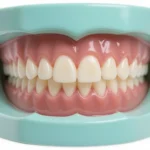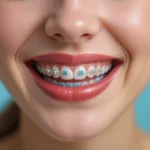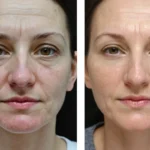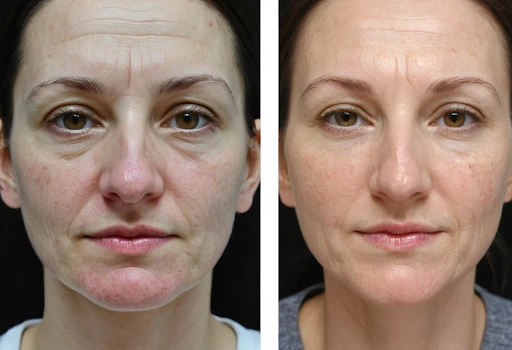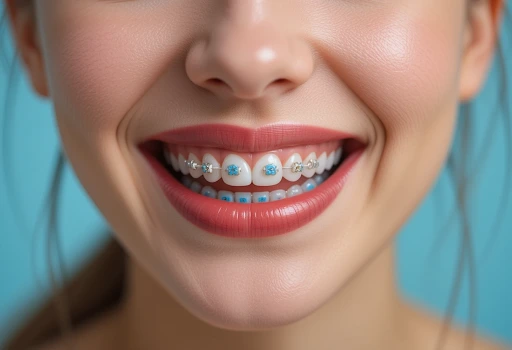Tretinoin Before and After Effective Skin Treatment
Tretinoin can be an effective skin treatment, but it is no silver bullet anti-ageing ingredient. It cannot eliminate fine lines, diminish melasma or boost collagen levels as quickly as claimed.
Tretinoin can help alleviate acne outbreaks and lighten dark spots caused by sun damage. Tretinoin is a synthetic form of vitamin A and requires a valid prescription from your healthcare provider.
What is Tretinoin Treatment?
Tretinoin is a powerful topical acne treatment and anti-aging serum designed to address multiple skin issues under dermatology supervision.
Vitamin A compound that has been widely utilized since the 1970s to even out skin tone, reduce fine lines, & more. Available both over-the-counter retinol as well as prescription tretinoin cream or oral tablets – and when taken according to directions it is safe for all ages and skin types.
As a topical treatment, tretinoin should be applied after cleansing with mild soap or non-comedogenic cleanser and applying moisturizer before and after each application to reduce irritation caused by medication. In particular, for its initial three weeks of use it’s essential that users moisturize daily in order to minimize irritation caused by this medication.
This powerful acne treatment boasts powerful comedolytic properties to prevent new blemishes from forming, while simultaneously regulating exfoliation by encouraging healthy turnover of skin cells within hair follicles to prevent congestion of pores. Furthermore, this breakthrough can reverse sun damage and age-related wrinkles by stimulating collagen production.
Tretinoin should not be taken during pregnancy as it has been shown to increase the chances of birth defects for your unborn baby. Tretinoin belongs to a class of drugs called isotretinoin which has been proven to cause severe birth defects when consumed orally.
How does Tretinoin work?
Tretinoin works gradually over time to decrease acne breakouts, smooth out fine lines and wrinkles, unclog pores, and make skin tone even. Like any dermatological treatment, however, tretinoin may require commitment and patience; Dr. Garshick notes it may take two to six months before you see actual results for things such as acne scarring and uneven skin tone.
Start slowly and work up gradually as tolerated; make sure your skin is completely cleansed before applying cream; list all products you are taking (both prescription and over-the-counter), including any medications (prescribed and over-the-counter), so your physician can identify possible interactions.
Initial reactions when beginning treatment with retinol may cause redness, flaking, itching and dryness; this phase is known as “retinoid purge”, as old cells come to the surface to be exfoliated off by pushing through and exfoliation processes which ultimately clear the skin of these elements.
TechTarget it is And you’re absolutely right about tretinoin—it’s a powerful retinoid that should be avoided during pregnancy and breastfeeding due to the risk of birth defects. Always a good idea to consult a doctor before using it, especially for those who are expecting or nursing.
How long does Tretinoin take to work?
Expect improvements within one month after beginning tretinoin therapy; its anti-aging properties increase skin cell turnover and boost collagen production, thus helping improve acne scars, fine lines, and wrinkles.
Keep in mind that tretinoin can make your skin more sensitive, which may cause some side effects such as dry skin or irritation while taking it. tretinoin before and after mitigate these side effects, try applying it at nighttime followed by applying moisturizer and avoiding direct sunlight exposure for best results.
As well, always follow your dermatologist’s directions when using sunscreen on irritated or sunburned areas of skin. Additionally, avoid tanning beds whenever possible and always wear sunscreen when going outside.
Tretinoin should never be combined with other topical medicines, including topical steroids or alpha-hydroxy acids, as this can increase redness or peeling and hinder your efforts of getting clearer skin. Furthermore, pregnant or breastfeeding mothers should never use tretinoin due to increased risks for birth defects.
Tretinoin side effects
Tretinoin should only be taken for short durations to help clear acne; it should only be used longer term to eliminate stubborn skin conditions such as dark spots, fine lines or wrinkles. tretinoin before and after Before taking this medication it’s important to speak to a dermatologist regarding what duration would work best for your individual situation and skin type.
At all costs, when taking tretinoin it is crucial to minimize exposure to sunlight as its use makes your skin more susceptible to burns and other forms of skin damage tretinoin before and after Always apply sunscreen with at least an SPF 30 broad-spectrum rating when taking this drug.
Tretinoin may cause dry skin. To combat this side effect, it’s essential to use an appropriate moisturizer that meets your individual needs; lotions or creams not tailored specifically for your skin type could actually worsen it further.
Read also:Tretinoin Before and After: Is Tretinoin Right for Your Skin Type?
Tretinoin can sometimes cause mild to moderate headaches. When this happens, take an over-the-counter pain reliever like acetaminophen to ease any discomfort. Furthermore, this medication may lead to dry mouth; to combat this side effect try drinking more water, chewing sugar-free gum or using saliva substitute. Rarely tretinoin may lead to skin bruising or reddening; in this instance contact your physician immediately.



